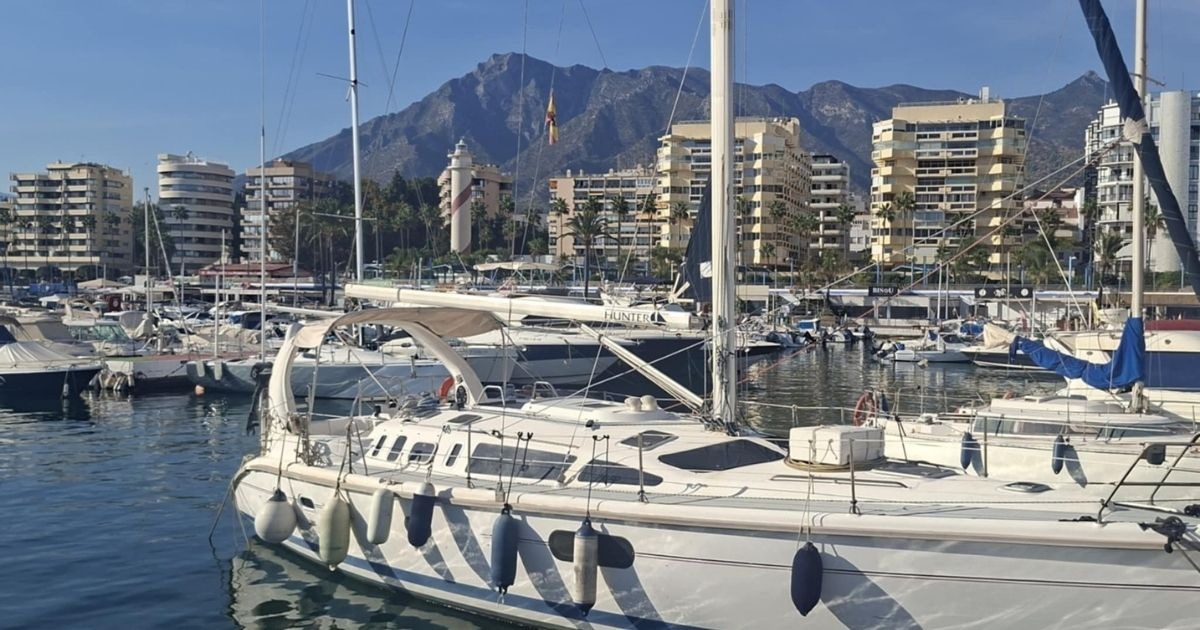The Costa del Sol has always been busy, but recent seasons — fuelled by post-pandemic demand and a strong international market — have exposed deeper structural problems. Motorways that once coped comfortably with summer peaks now clog daily. Coastal roads crawl at rush hour. Public transport, particularly between resorts, remains limited and heavily reliant on ageing routes.
Hoteliers say what was once an inconvenience is becoming a barrier. Visitors arriving through Málaga Airport can find the simplest journey, such as a transfer to Marbella, stretching far beyond what they expect from a world-class destination.
Promises made, promises delayed
Much of the frustration stems from long-discussed upgrades that never seem to progress. Expanding the Cercanías rail network, improving airport links, and strengthening the coastal corridor have been on political wish lists for more than a decade. The hotel association Aehcos argues that the region is paying the price for years of underinvestment.
Local businesses point out that the Costa del Sol consistently ranks among Spain’s most profitable tourist regions, yet its infrastructure trails far behind areas with lower annual footfall. With plans stuck in feasibility studies and committees, hoteliers say the gap between need and action is widening.
Visitors feel the strain — and residents pay the price
For tourists, the impact is immediate: delayed transfers, crowded buses, and longer travel times. Some hotels report rising complaints about accessibility and mobility, with guests choosing resorts with better connections or opting for destinations where car travel is less essential.
Residents, meanwhile, deal with this reality year-round. The commuter belt around Málaga — from Torremolinos to Fuengirola and westwards towards Estepona — experiences gridlock that discourages movement, strains local services, and undermines quality of life. Many rely on limited public transport networks that were never designed for today’s population.
Hotel sector urges decisive government action
Aehcos is now calling for a firm timetable for the long-promised works. Hoteliers stress that the issue is not simply about easing visitor flow, but about protecting the region’s long-term viability. Better routes would make it easier for workers to access jobs, improve logistics for local businesses and support the growing population in coastal municipalities.
The sector’s message is clear: without modern, efficient infrastructure, the Costa del Sol risks slipping behind more connected Mediterranean destinations.
What’s at stake for Spain’s tourism powerhouse
Despite the concerns, confidence in the region’s appeal remains strong. The Costa del Sol still offers an unbeatable mix of climate, culture, and coastline. But hoteliers warn that competitive destinations — from Portugal’s Algarve to parts of southern Italy — are already benefitting from improved rail and airport links.
If the Costa del Sol wants to remain the benchmark for Spanish tourism, the coming years will be critical. Investment in rail, road, and public transport will determine whether the region can support its growth or whether accessibility becomes its Achilles’ heel.
